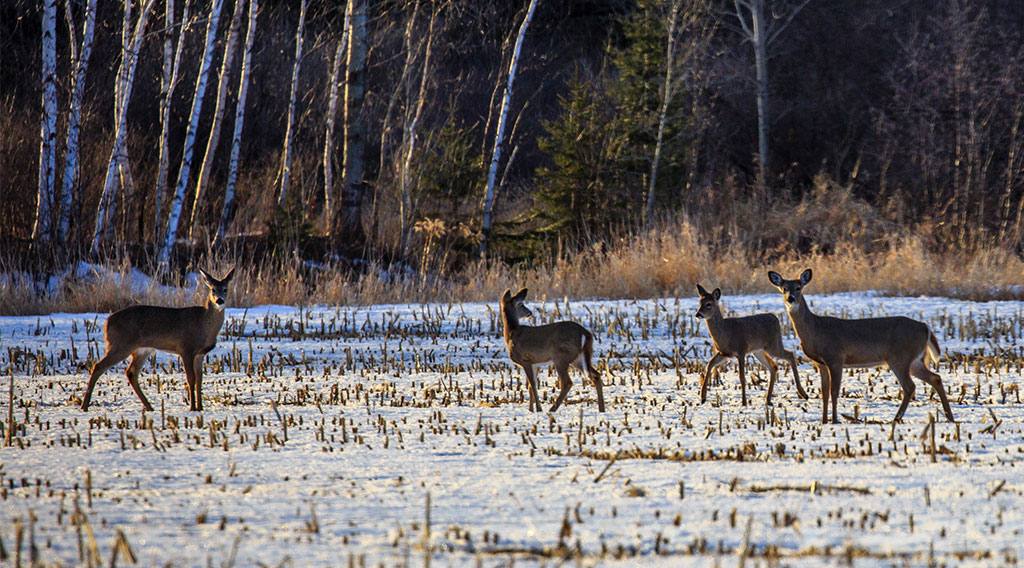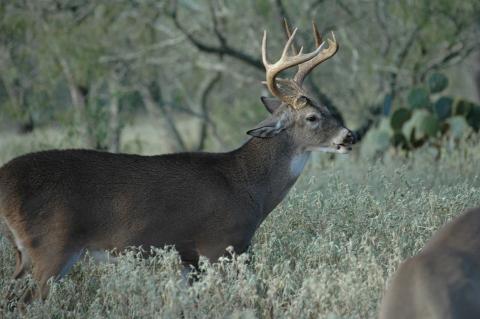Bob Humphrey

If you want to see more and bigger bucks, and larger body weights, you probably need to thin your doe population out a bit, possibly a lot. A given piece of land will hold and sustain “X amount” of deer (both bucks and does). Because of territorial tendencies, social pressures and Mother Nature’s influence, a large matriarchal society may develop over time. You must also understand for there to be “more” mature bucks, there must be additional bucks coming from somewhere, and a crop of new bucks following up in years to come.
Let’s say that a doe has one buck-fawn and one doe-fawn. After the fawn’s entire first year, which is spent with the doe, usually at around 18 months old, instincts are believed to urge the buck to go seek out a territory a fair distance away from his mother. Pressure to move is also provided by older bucks in the area and it’s believed the doe also helps by having her own instinct to drive her male offspring away.
On the other hand, the female offspring will usually take up a territory right next to, and typically intertwined with the doe’s home range. So if you’re not keeping up with your doe harvest, over time you get a big doe matriarchal society that just keeps growing and growing. Then, when a year old buck disperses from his birth range and goes off searching for where he will take root and spend the rest of his life, when he comes across your property he may not be able to stay because all of those X’s (living spaces) are filled by that large matriarchal doe group. To see more and bigger bucks, balancing the ratio and making spaces available for new animals is very important.
For more on managing whitetails, read “The Importance of a Harvest Plan.” Like most aspects of managing wildlife, having a plan will help you to make smart, accurate assessments. Herd management decisions can often have the biggest impact on the amount and size of the bucks you have to hunt.






























